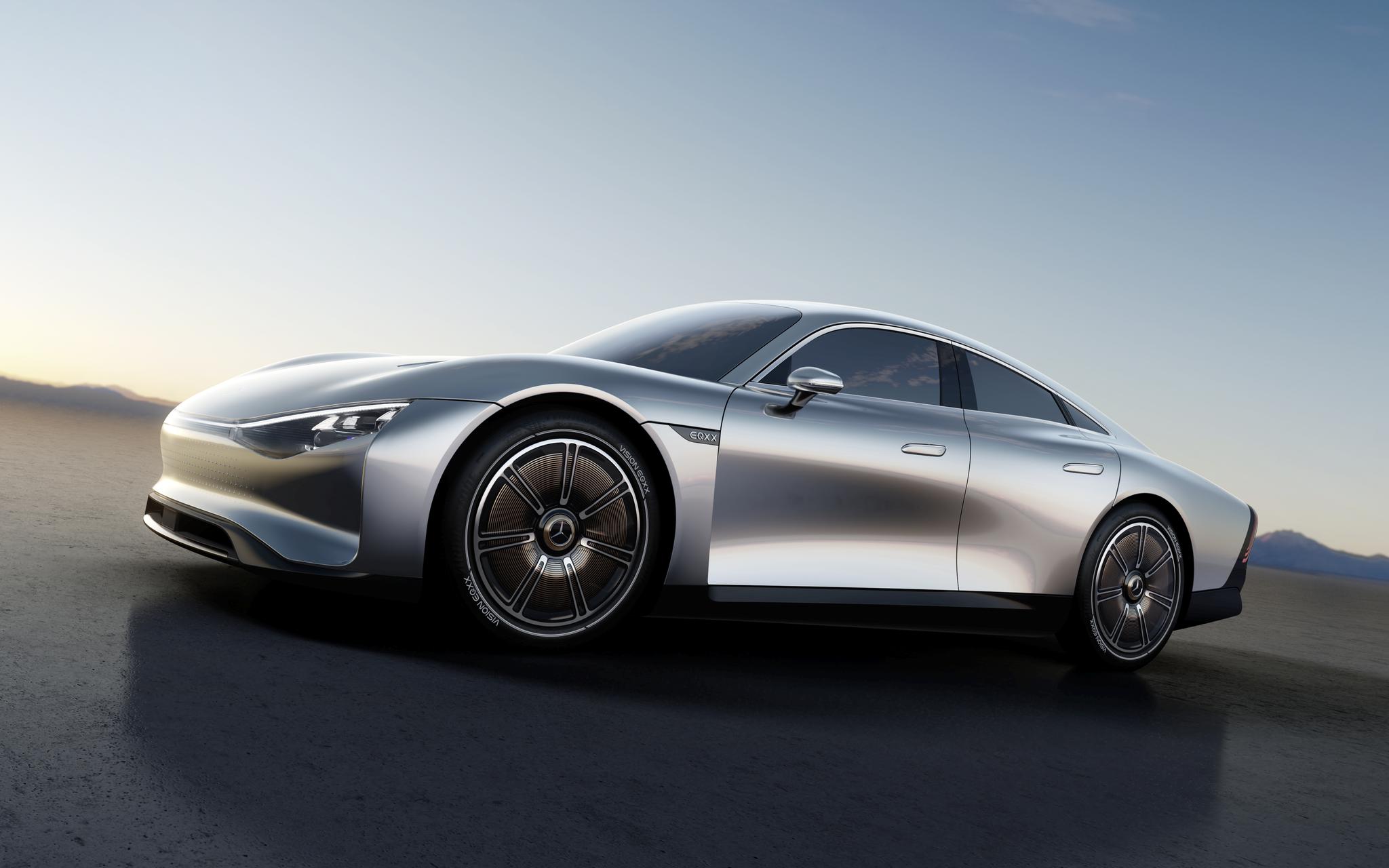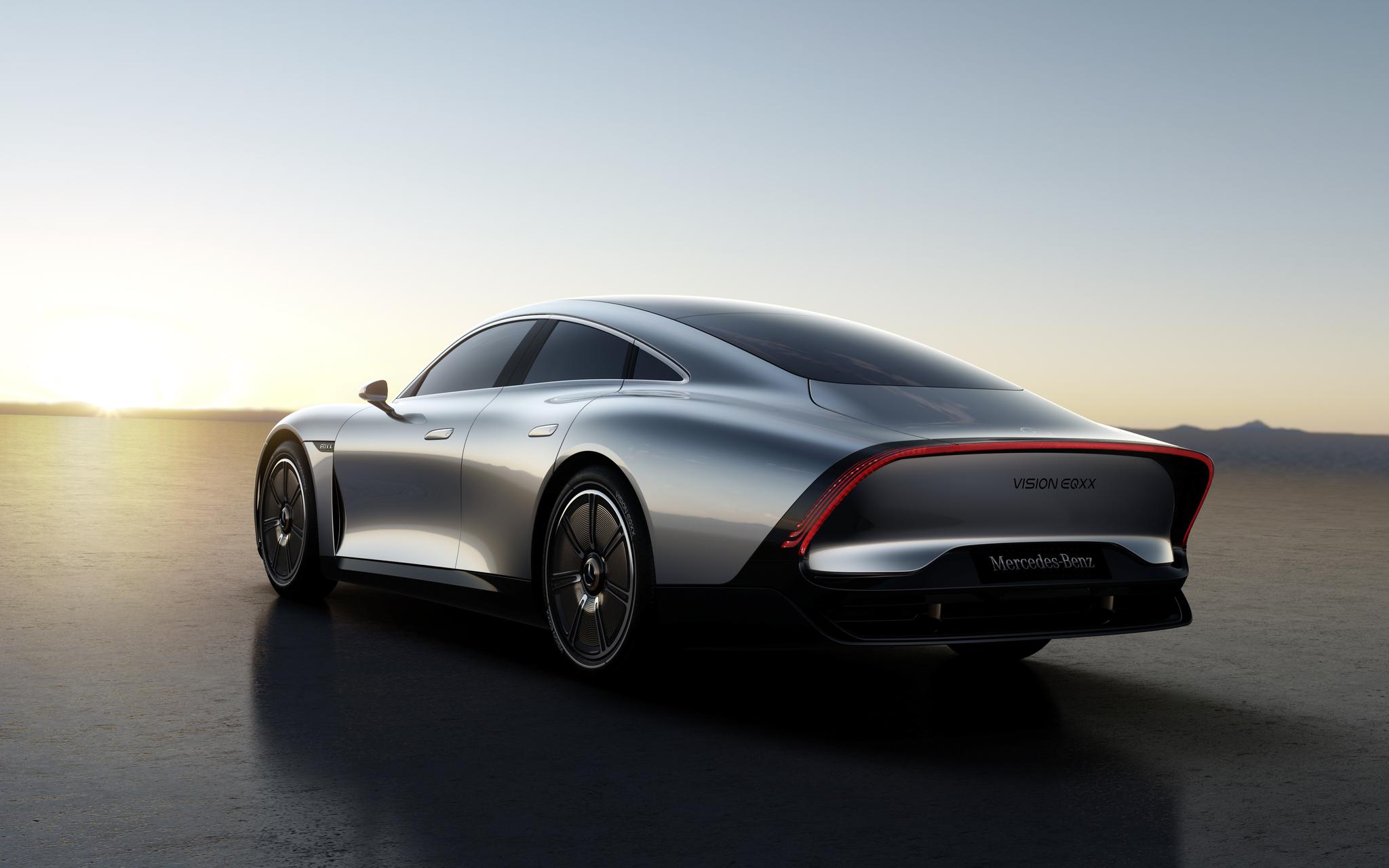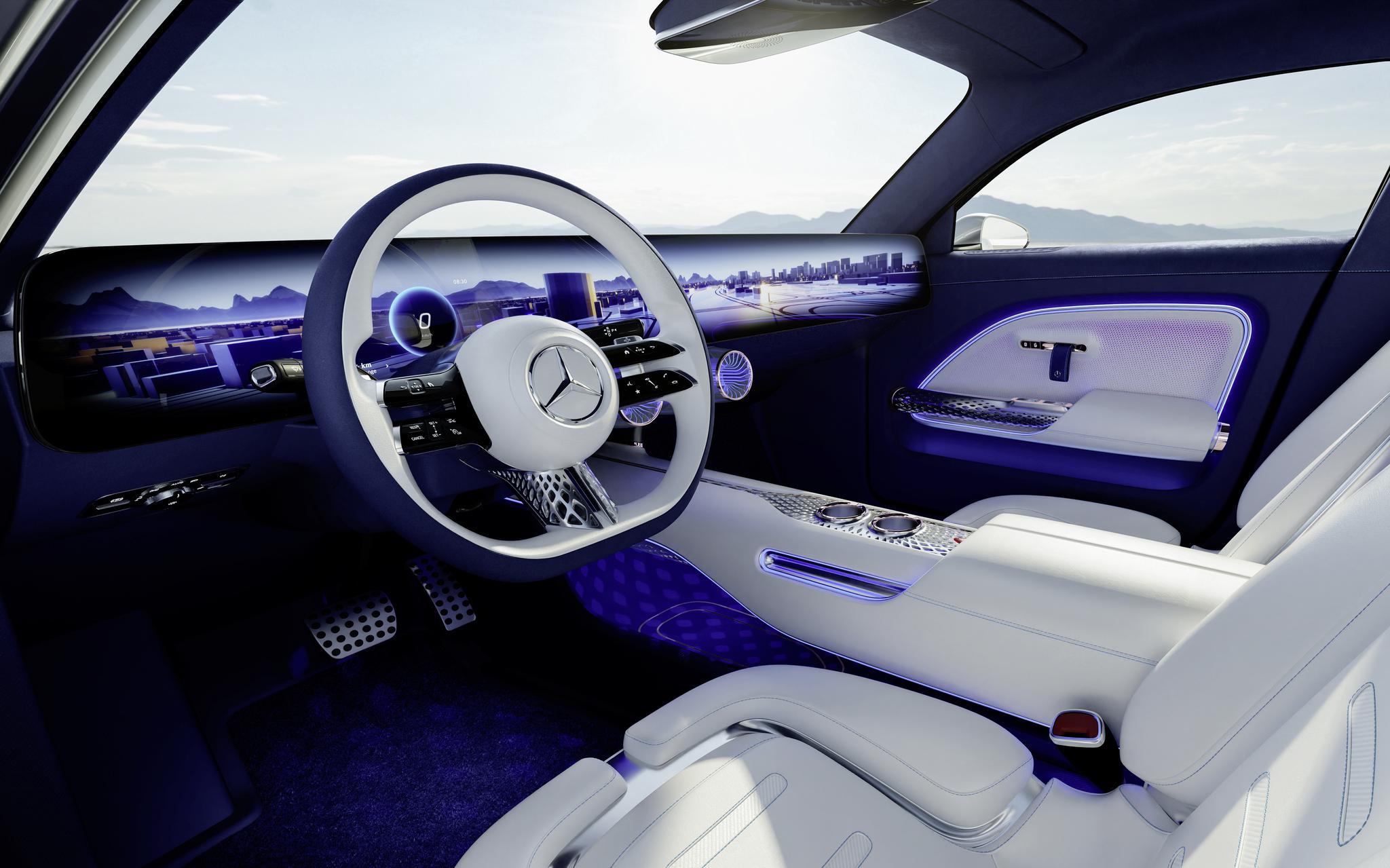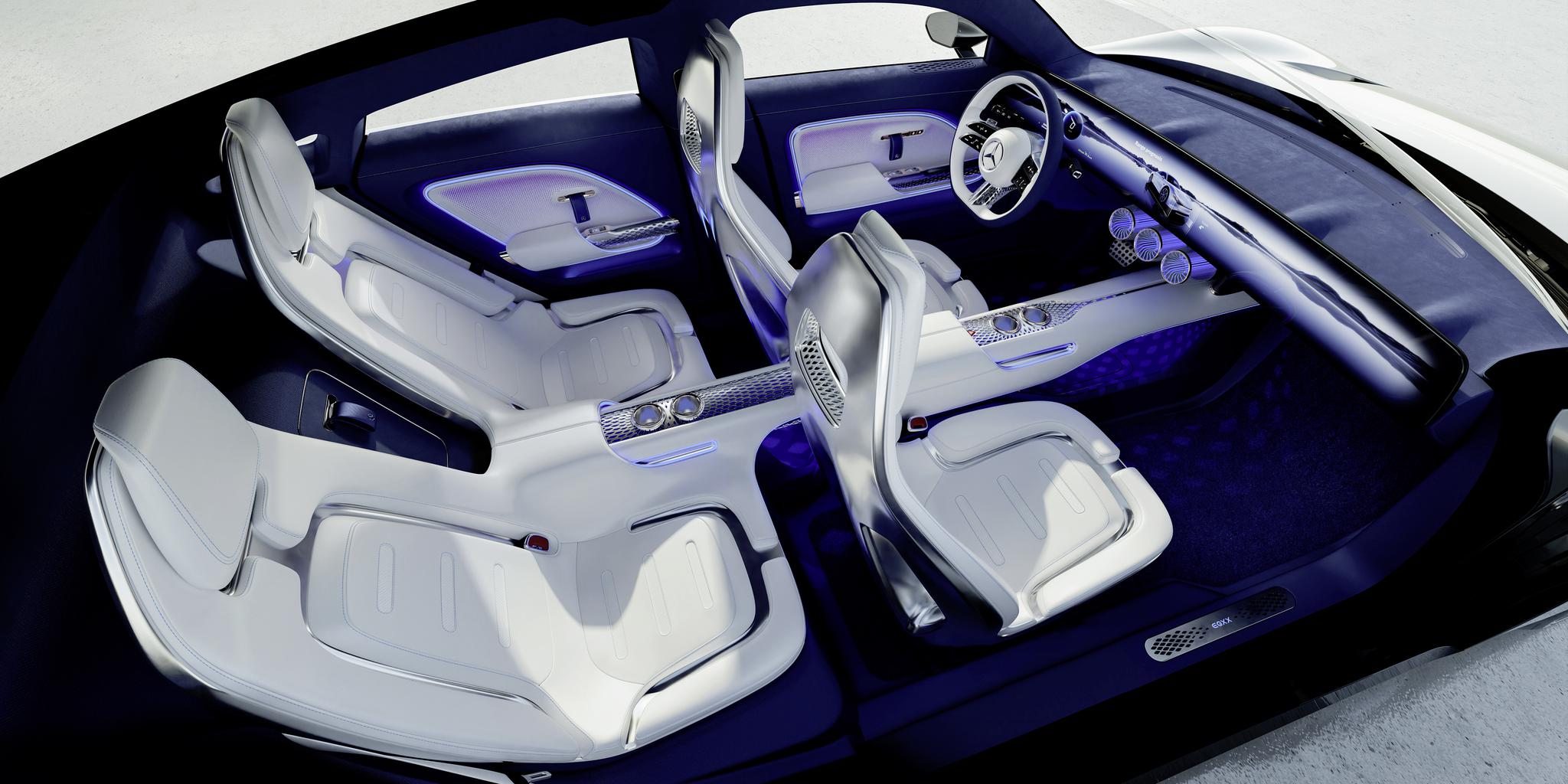The Mercedes-Benz VISION EQXX

Mercedes-Benz is adamant about taking the lead in the EV world. With the EQS, they are already at the top of the real-world range charts. The EQS 450+ has a claimed range of 560km, however, real-world testing has proven that it can actually do 680km. But Mercedes-Benz is not resting. They are working intensively to take range and efficiency to a whole new level. The VISION EQXX is the result of a mission to break past technological boundaries across the spectrum and achieve new levels of energy efficiency.

The Mercedes-Benz VISION EQXX is a car that was created to answer the evolving requirements of a current generation of customers through emotionality and innovation. The result is an efficiency masterpiece that, based on internal digital simulations in real-life traffic conditions, will be capable of exceeding 1,000 kilometres on a single charge with an outstanding energy consumption of less than 10 kWh per 100 kilometres. That equates to travelling 10km on 1 kWh of electrical energy. But what does that mean? Translated into fossil-fuel consumption, this is around the golden figure of 1 litre per 100 kilometres. The cross-functional, international team focused on maximising long-distance efficiency. They pulled out all the stops in drivetrain efficiency, energy density, aerodynamics, and lightweight design, rather than simply increasing the size of the battery. The system runs at 900v and it packs a 100kWh battery that weighs less than 50% of the battery in the EQS.

It provides meaningful answers to critical concerns in addition to its ground-breaking energy efficiency. For example, using sustainable materials overall reduces the carbon footprint significantly. Its UI/UX highlights a revolutionary new one-piece display that comes to life with responsive continuous designs and ranges the whole width of the vehicle. Stunning to look at, intuitive to work with and in tune with the human mind, the first-ever completely seamless display in a Mercedes-Benz spans 47.5 inches from one A-pillar to the other. With an 8K (7680x660 pixels) resolution, the thin, lightweight mini-LED display acts as a portal connecting the driver and occupants with the car and the world outside. A significant number of its elements and improvements are now being coordinated into production, including the next generation of the MMA - the Mercedes-Benz Modular Architecture for compact and medium-sized vehicles.

With an output of around 150 kW, the super-efficient electric drivetrain (encompassing everything from battery to electric drive unit to wheels) in the VISION EQXX provides the power and stamina underpinning this exceptional long-distance runner. More than a composition of individual parts, it is a work of engineering art in its own right. Tasked with a very clear and specific set of targets, the team set out to create an electric drivetrain with a world-beating combination of efficiency, energy density and lightweight engineering. So, let’s throw in a figure here – 95% efficiency. That means up to 95% of the energy from the battery ends up at the wheels – pure and simple. Compare that to just 30% from even the most efficient ICE drivetrain. The electric drive unit in the VISION EQXX is a dedicated unit consisting of the electric motor, transmission and power electronics featuring a new generation of silicon carbides. The power electronics unit is based on the one in the upcoming Mercedes-AMG Project ONE hypercar.
Thanks to solar power, the electric system that powers many of the ancillaries in the VISION EQXX draws additional energy from 117 solar cells on the roof. The net result of reducing the energy drain on the high-voltage system is an expansion in range. On a single day and under ideal conditions, this can add up to 25 km of range on long-distance journeys. The solar energy is stored in a lightweight lithium-iron-phosphate battery, which supplies a climate blower, the lights, the infotainment system, and other ancillaries. Mercedes-Benz and its partners are working towards using solar power to charge the high-voltage system, too.
